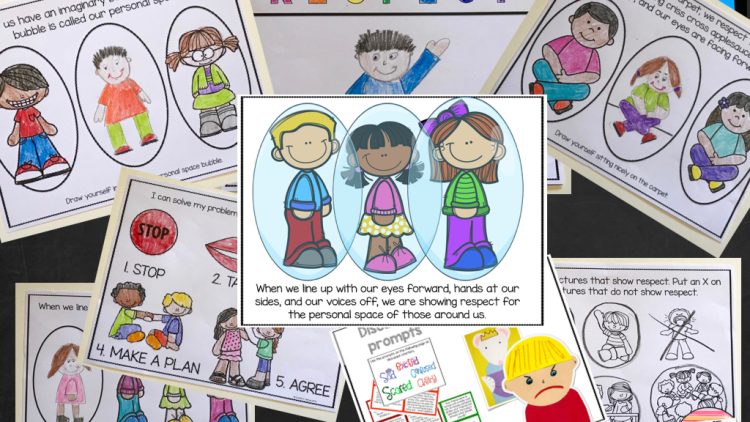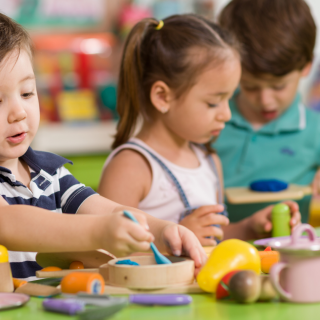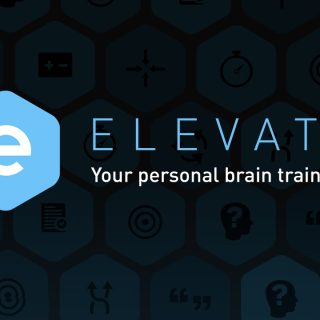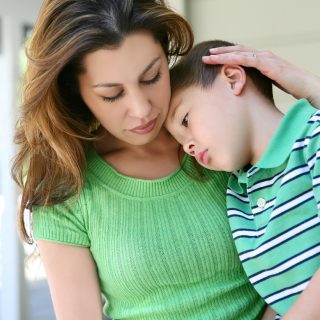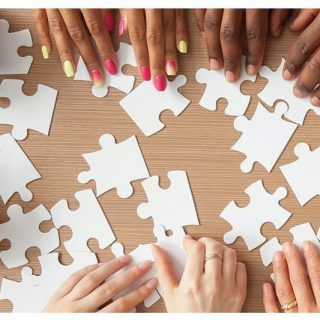Engaging Classroom Activities: Fostering Learning Beyond the Textbooks
In the contemporary educational landscape, the role of classroom activities extends far beyond mere supplementary tools. These activities serve as dynamic catalysts, igniting the flames of curiosity and knowledge acquisition among students. Let’s delve into a comprehensive exploration of the multifaceted dimensions of classroom activities and how they intricately contribute to fostering a rich and immersive learning environment.
1. Active Learning and Critical Thinking:
Classroom activities are the bedrock of active learning methodologies. By immersing students in discussions, debates, and problem-solving tasks, educators instill a sense of inquiry and critical thinking. Through these interactive engagements, students dissect complex concepts, pose thoughtful questions, and develop analytical skills essential for their intellectual growth.

2. Communication Mastery:
The cornerstone of effective communication is laid within the classroom. Group activities, presentations, and debates provide students with platforms to articulate their thoughts clearly and persuasively. Engaging in these activities refines their verbal and non-verbal communication skills, ensuring they can express ideas succinctly and coherently.
3. Cultivating Collaboration and Teamwork:
In the realm of collaborative activities, students learn the art of teamwork and cooperation. Projects, experiments, and problem-solving tasks require collective efforts, nurturing interpersonal skills and mutual respect. Collaborative learning also exposes students to diverse viewpoints, fostering an environment where differences are appreciated and valued.
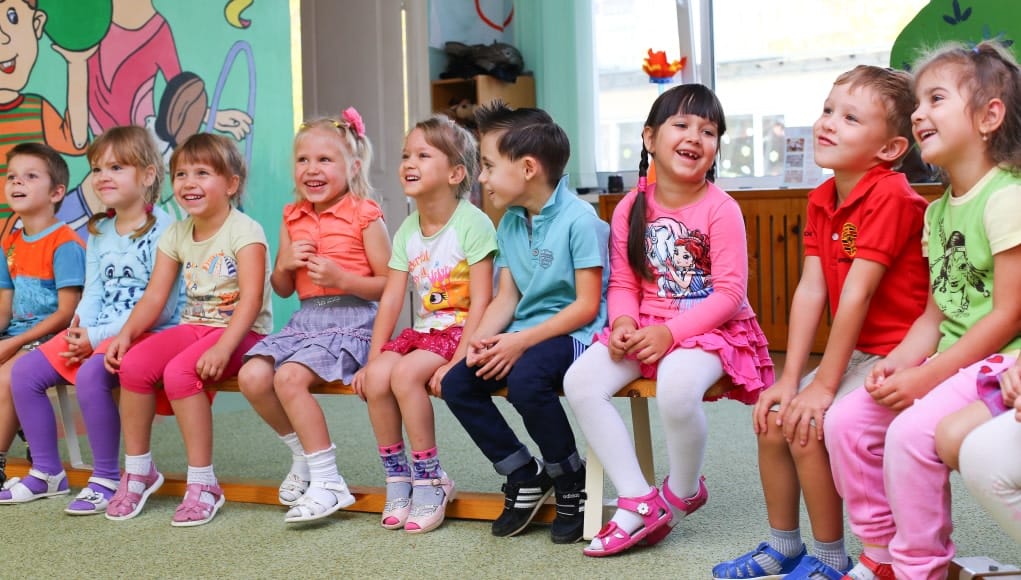
4. Transformative Enjoyment:
Learning ceases to be a chore when it is enjoyable. Integrating games, quizzes, and multimedia presentations into classroom activities not only captures students’ attention but also transforms the learning process into an enjoyable adventure. This element of fun heightens engagement, ensuring that students are not just passive recipients but active participants in their educational journey.
5. Tailoring Activities for Varied Learning Styles:
Every student is unique, possessing distinct learning preferences. Classroom activities, when thoughtfully designed, cater to these differences. Visual learners benefit from multimedia presentations, while hands-on activities cater to kinesthetic learners. By diversifying activities, educators acknowledge and accommodate diverse learning styles, ensuring that no student is left behind.

6. Bridging Theory and Reality:
Classroom activities often bridge the gap between theoretical knowledge and real-world application. Case studies, role-playing exercises, and simulations create a dynamic educational environment where students can apply theoretical concepts to practical situations. This experiential learning cultivates problem-solving abilities, equipping students with skills directly applicable in their future careers.
![]()
In summation, classroom activities are not mere adjuncts to formal education; they are its very essence. They nurture active learning, refine communication skills, cultivate collaboration, infuse enjoyment into learning, cater to diverse learning styles, and bridge the chasm between theory and practice. Through these activities, educators sculpt a vibrant, intellectually stimulating ecosystem where students not only learn but also thrive, emerging as critical thinkers and effective communicators ready to conquer the challenges of the world beyond the classroom walls.

